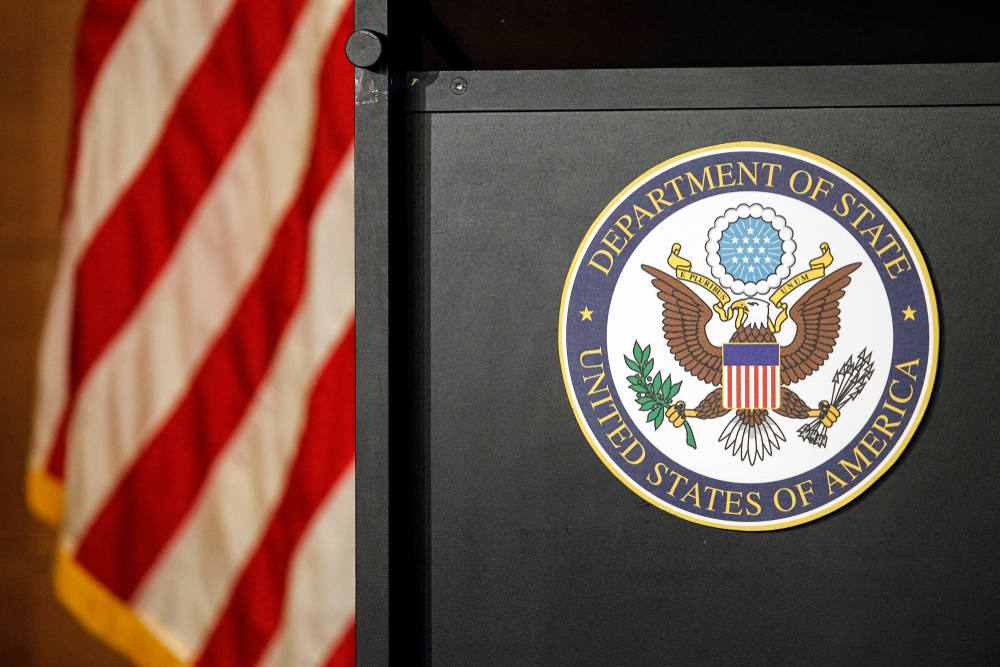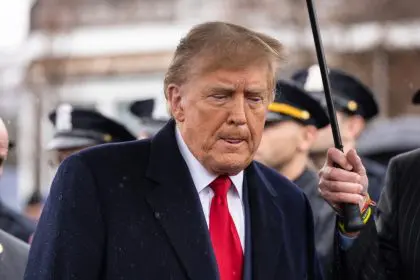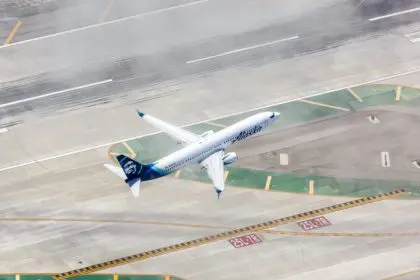The largest reorganization of American diplomacy in decades began with a simple observation about bureaucratic inefficiency. Secretary of State Marco Rubio pointed to a memo that required 40 different approvals before reaching his desk, calling the process ridiculous and unsustainable. His solution involves eliminating 132 offices and cutting approximately 15% of the State Department’s Washington-based workforce of 18,000 people.
The scale of the transformation extends far beyond typical government downsizing efforts. Deputy Secretary Michael Rigas announced that layoff notices would begin arriving as early as Friday morning, affecting roughly 700 Foreign Service officers based in the United States along with a larger number of civil service workers. The cuts represent what officials describe as the most significant restructuring of American diplomatic capabilities since the department’s modern formation.
Rubio’s justification centers on eliminating what he characterizes as bloated bureaucracy that stifles decision-making and slows critical processes. His staff rewrote key personnel rules to allow the department to terminate both foreign service and civil service officials in positions now being phased out. The changes specifically target offices dealing with human rights, democracy promotion, refugee affairs, and war crimes investigations.
Critics warn of institutional knowledge destruction
The American Academy of Diplomacy, representing former ambassadors and diplomatic professionals, has condemned the restructuring as an act of vandalism against institutional knowledge. Former diplomats argue that the cuts eliminate expertise that took decades to develop and cannot be easily replaced when global crises demand sophisticated diplomatic responses.
Thomas Shannon, a former undersecretary of state during the previous Trump administration, warned that the reorganization reflects a diminished global agenda that could leave the United States lagging behind rivals like China. His concerns focus particularly on the loss of experts with critical language and cultural skills that enable effective engagement in complex international situations.
The timing of the cuts coincides with multiple global crises requiring sustained diplomatic engagement, including ongoing conflicts in the Middle East and Ukraine, as well as increasing competition with China for international influence. Critics argue that reducing diplomatic capacity during such periods undermines America’s ability to lead on the world stage.
Overseas operations remain unchanged for now
While the current restructuring focuses on Washington-based personnel, State Department officials acknowledge that all operations worldwide remain under ongoing review. The decision to maintain overseas staffing levels initially suggests recognition that embassy closures would generate immediate diplomatic consequences that might prove counterproductive.
However, the domestic cuts will inevitably affect overseas operations as specialized offices that supported embassy activities are eliminated or consolidated. The closure of offices dealing with specific issues like sanctions coordination, human rights monitoring, and democracy promotion will require regional bureaus to absorb these responsibilities while managing their existing workloads.
The reorganization also affects career development pathways for diplomatic professionals, as rule changes have drastically narrowed job options for workers whose positions are eliminated. While theoretically these employees can reapply for other positions, the practical reality makes it impossible for many to remain within the State Department system.
Congressional opposition highlights political divisions
Democratic lawmakers have mobilized against the restructuring plan, with several dozen House members writing to Rubio expressing concerns about draining diplomatic expertise during critical global moments. Their opposition reflects broader partisan divisions over the role of government and the importance of maintaining robust diplomatic capabilities.
The Supreme Court’s recent decision to overturn lower-court orders blocking mass federal layoffs cleared the legal pathway for implementing the State Department cuts. This judicial development removed the final procedural obstacle to beginning the reduction-in-force actions that had been planned since May.
Long-term consequences remain unclear
The full impact of eliminating 132 offices and thousands of positions may not become apparent for years, as diplomatic relationships and institutional knowledge develop over extended periods. The restructuring represents a fundamental shift in how American diplomacy operates, with regional bureaus assuming responsibilities previously handled by specialized offices.
More than half of the workforce reduction will come from voluntary departures, including employees who accepted the administration’s deferred resignation offer. This voluntary component may help minimize immediate disruption while still achieving the desired reduction in departmental size and scope.
As the State Department implements these sweeping changes, the long-term effects on American diplomatic effectiveness and global influence will become clearer through practical application rather than theoretical analysis.












